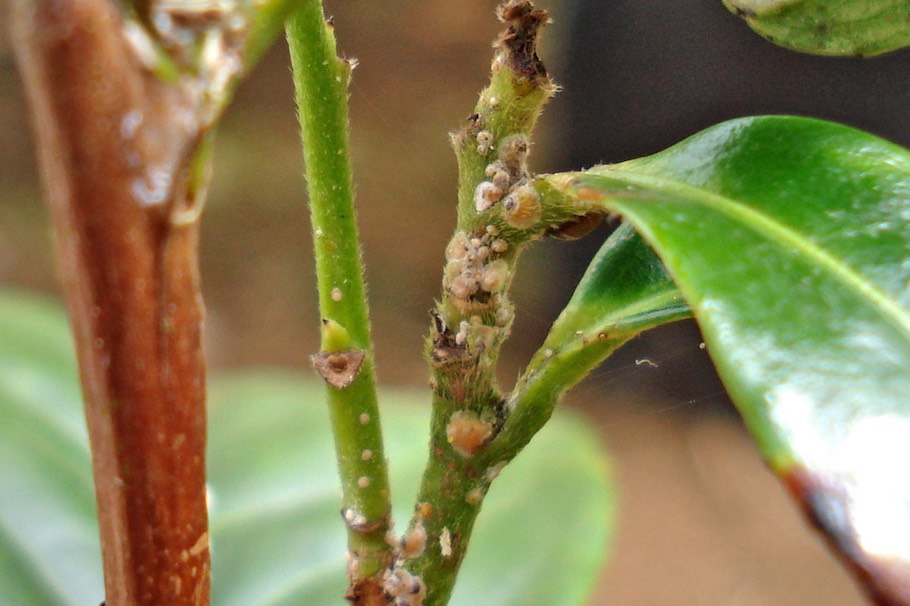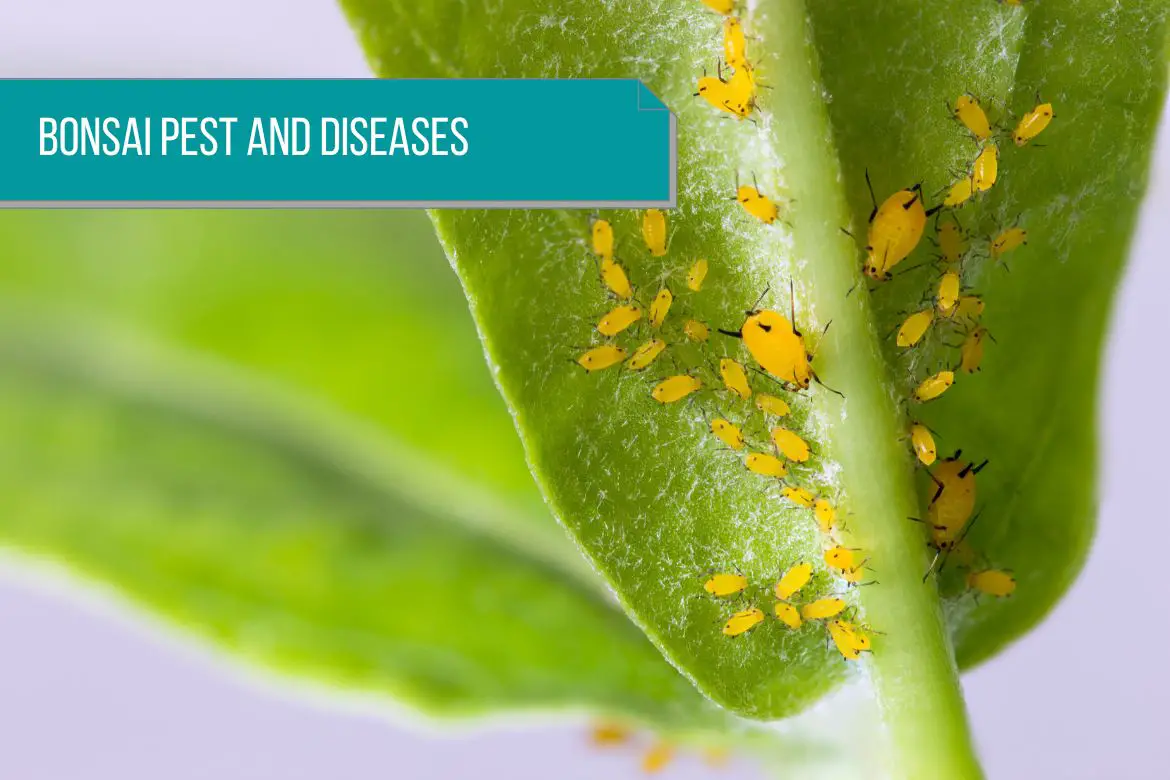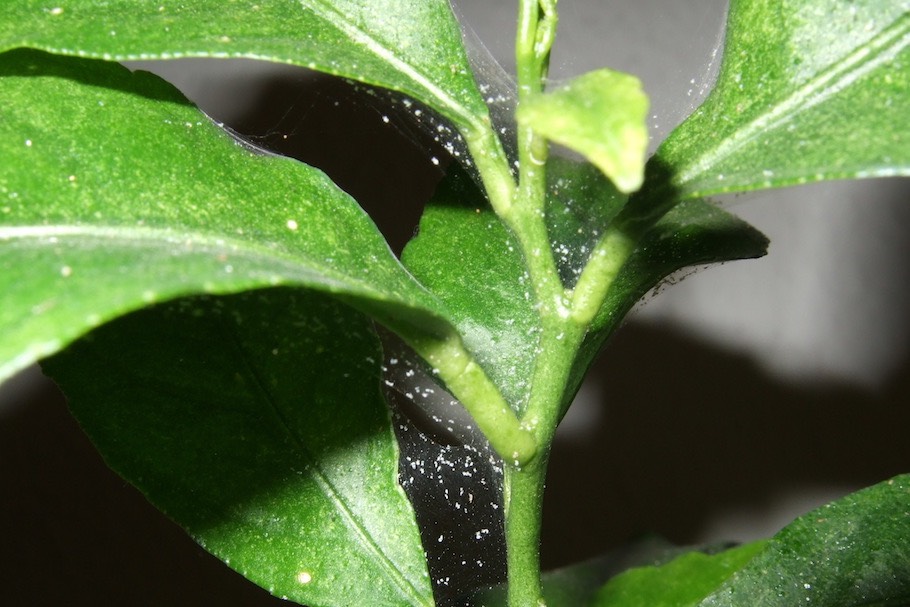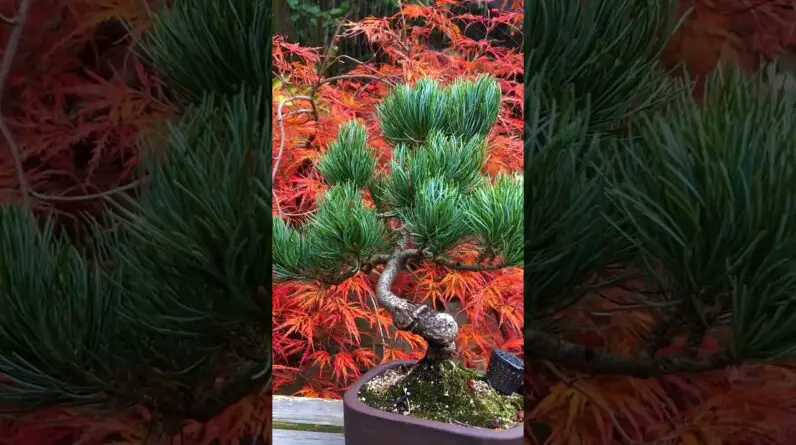Learn about common bonsai tree diseases and pests like fungal infections, root rot, aphids, and spider mites. Discover how to identify, treat, and prevent these issues to keep your bonsai tree healthy and thriving!
Learn about the common diseases and pests that can affect your bonsai tree. We’ll explore the various types of diseases that can harm your tree, such as fungal infections and root rot, as well as the pests that can infest it, like aphids and spider mites. By understanding these threats, you’ll be equipped with the knowledge to identify and treat any issues that may arise, ensuring the health and longevity of your bonsai tree. So let’s dive in and discover how to keep your bonsai tree thriving!
Introduction
Welcome to the world of bonsai trees! These miniature trees have captured the hearts and souls of many nature enthusiasts. Bonsai trees require constant care and attention, just like their traditional counterparts. One aspect of bonsai tree care that often goes overlooked is the potential for diseases and pests. In this article, we will explore common bonsai tree diseases and pests, and how to prevent and manage them.
Common Bonsai Tree Diseases
Fungal Infections
Fungal infections are a common problem for bonsai trees. The moist and damp environment of the potting soil provides the ideal breeding ground for various types of fungi. One of the most notorious fungal infections is root rot, caused by overwatering the plant. This disease can quickly spread to the entire root system, depriving the tree of the necessary nutrients.
Bacterial Infections
Bacterial infections can also affect bonsai trees, especially if the tree has an open wound or cut. Once inside the tree, the bacteria multiply and cause various symptoms. One of the most common bacterial infections is bacterial leaf spot, which leads to dark spots on the leaves and eventually leaf drop.
Viral Infections
While less common than fungal and bacterial infections, viral infections can still affect bonsai trees. Viruses can enter the tree through insect bites or wounds, and can cause several symptoms such as leaf deformation, discoloration, and stunted growth. Unlike fungal and bacterial infections, there are no specific treatments for viral infections in bonsai trees.

Fungal Infections
Symptoms of Fungal Infections
To identify fungal infections in your bonsai tree, keep an eye out for signs such as wilting leaves, yellowing or browning of leaves, black or brown spots on leaves, and a white powdery substance on the leaves or soil.
Common Fungal Diseases in Bonsai Trees
Some common fungal diseases that affect bonsai trees include powdery mildew, which appears as a fine white powder on the leaves and branches; black spot disease, which leads to black spots on the leaves; and anthracnose, characterized by dark, sunken lesions on the leaves and stems.
Bacterial Infections
Symptoms of Bacterial Infections
You can recognize bacterial infections in your bonsai tree by observing symptoms such as water-soaked lesions on the leaves or stems, foul-smelling pus, and generally weak or stunted growth.
Common Bacterial Diseases in Bonsai Trees
Fire blight is a common bacterial disease that affects bonsai trees. It causes wilting, blackening, and death of the tips of branches and leaves. Another bacterial infection to look out for is soft rot, which causes the stem tissue to become soft and mushy.

Viral Infections
Symptoms of Viral Infections
Viral infections in bonsai trees often manifest as distorted leaves, yellowing or browning of leaves, and stunted growth. Unfortunately, there are no specific treatments for viral infections, so prevention is key.
Common Viral Diseases in Bonsai Trees
One common viral disease that affects bonsai trees is tobacco mosaic virus (TMV). It causes mottling, distortion, and curling of the leaves. Another viral disease to be aware of is cucumber mosaic virus (CMV), which leads to yellowing and stunted growth.
Preventing and Managing Bonsai Tree Diseases
To prevent bonsai tree diseases, it is essential to maintain proper hygiene practices. Avoid overwatering your bonsai tree, as this can lead to fungal growth. Remove any dead or decaying leaves from the bonsai tree and regularly clean your tools and pot to prevent the spread of diseases.
Sterilization methods are crucial in preventing the spread of diseases. Before using any tools or pots, ensure they are properly cleaned and sanitized. This will help eliminate any potential pathogens and bacteria that could harm your bonsai tree.
When purchasing a bonsai tree, always choose a healthy one. Look for a tree with vibrant foliage, no signs of disease or pest infestation, and a strong root system. A healthy bonsai tree is less likely to succumb to diseases and pests.

Common Bonsai Tree Pests
Insects
Insects are a common nuisance for bonsai trees. They can cause damage to leaves, stems, and roots, and even spread diseases. Some common insects that affect bonsai trees include aphids, mealybugs, and scale insects.
Mites
Mites are tiny pests that can be difficult to detect but can cause significant damage to bonsai trees. They feed on the sap of the leaves and stems, leading to discoloration, wilting, and leaf drop.
Nematodes
Nematodes are microscopic worms that can infest the soil of bonsai trees. They can cause stunted growth, yellowing leaves, and eventually the death of the tree if left untreated.
Insects
Common Insects That Affect Bonsai Trees
Aphids are small insects that clusters on the leaves and stems, sucking the sap and causing curling of the leaves. Mealybugs are small, white, cotton-like insects that cover the leaves and stems, draining the plant of nutrients. Scale insects are small, hard-shelled pests that attach themselves to the leaves and excrete a sticky substance, attracting ants and promoting fungal growth.
Identifying and Treating Insect Infestations
To identify insect infestations, look out for signs such as small eggs or larvae on the leaves, sticky residue on the branches, and deformed or discolored leaves. To treat infestations, you can try using insecticidal soaps or oils specifically designed for bonsai trees. Additionally, introducing beneficial insects such as ladybugs or lacewings can help control the population of pests.

Mites
Types of Mites That Affect Bonsai Trees
Spider mites are the most common type of mite that affects bonsai trees. They are tiny and difficult to spot without magnification. Spider mites cause discoloration, webbing between branches, and eventually the death of the tree if left untreated.
Signs of Mite Infestation
To identify mite infestations, look for signs such as tiny white specks on the leaves, presence of webbing between branches, and discoloration or wilting of leaves. Mites thrive in dry conditions, so ensuring proper humidity levels for your bonsai tree can help prevent infestations.
Controlling Mite Infestations
To control mite infestations, you can try using miticidal sprays specifically formulated for bonsai trees. It is important to follow the instructions carefully and repeat the treatment as recommended. Additionally, regularly misting the bonsai tree’s foliage can help maintain humidity and deter mite infestations.
Conclusion
As you embark on your journey of bonsai tree care, it is crucial to be aware of the potential diseases and pests that can affect your miniature masterpiece. By practicing proper hygiene, sterilization methods, and selecting healthy trees, you can prevent and manage bonsai tree diseases. Regularly inspecting your bonsai tree for signs of pests such as insects, mites, and nematodes will help maintain the health and vitality of your bonsai tree. Remember, a little extra care goes a long way in ensuring the longevity and beauty of your bonsai tree. Happy bonsai tree gardening!









